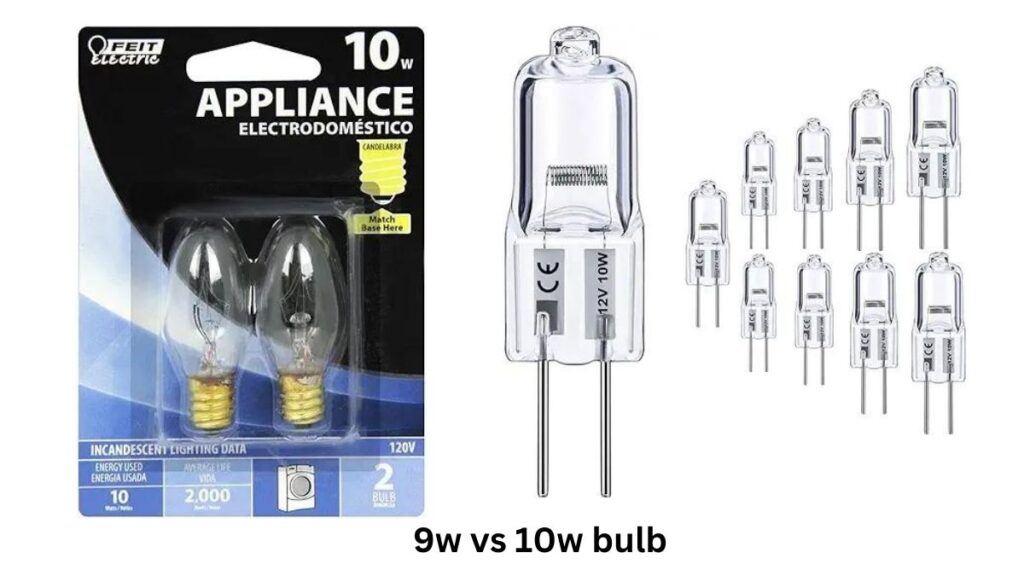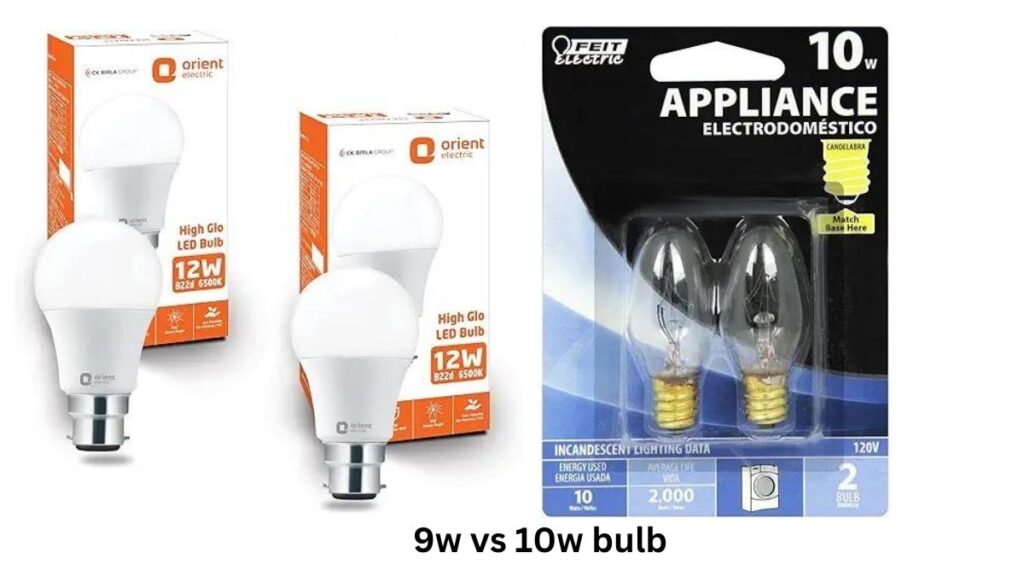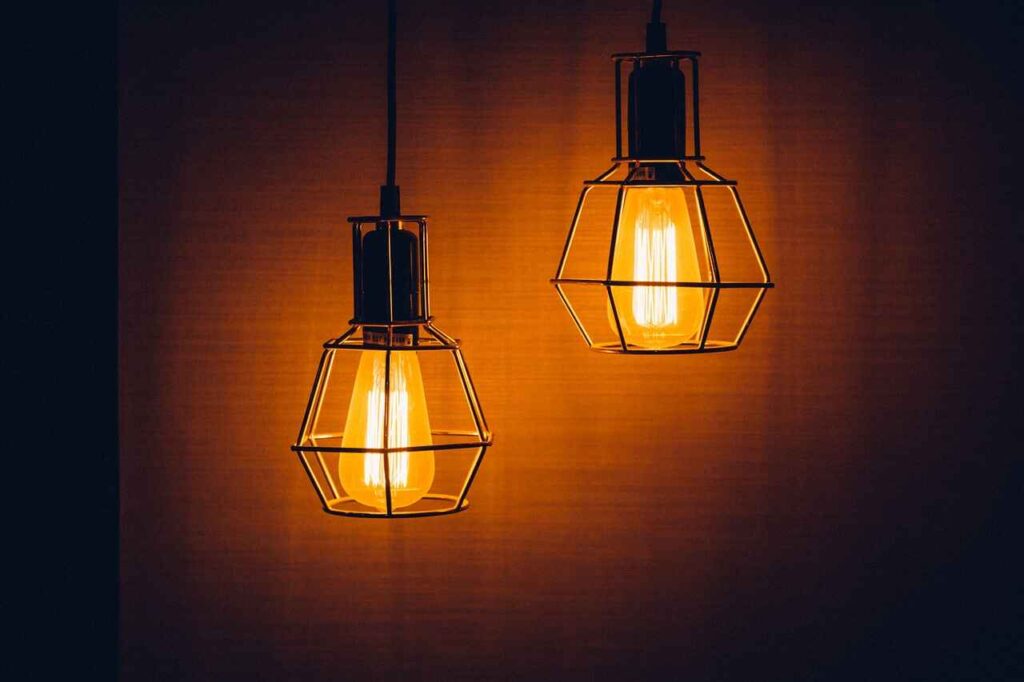When it comes to energy-efficient lighting, the choice between 8W and 10W LED bulbs can seem confusing. Although both are popular options, understanding the differences will help you make a more informed decision for your home or business. In this article, we will break down the key differences between these two types of LED bulbs, including their brightness, energy consumption, lifespan, and suitability for different purposes.
1. Introduction to LED Bulbs
LED (Light Emitting Diode) bulbs have transformed the way we light our spaces. They are more energy-efficient, longer-lasting, and environmentally friendly compared to traditional incandescent or CFL bulbs. The power rating of an LED bulb is measured in watts (W), which tells you how much electricity the bulb consumes. An 8W LED bulb uses less energy than a 10W LED bulb, but that doesn’t necessarily mean it’s the better option. The decision often depends on your specific lighting needs.
2. Understanding Wattage in LED Bulbs
Before we dive into the comparison, let’s clarify what wattage means in LED lighting. In traditional incandescent bulbs, wattage was often associated with brightness. For example, a 60W incandescent bulb is brighter than a 40W bulb. However, with LED bulbs, wattage no longer directly indicates brightness. Instead, wattage tells you how much electricity the bulb uses.
For LED bulbs, lumens are used to measure brightness, while watts indicate the energy consumption. Therefore, both 8W and 10W LED bulbs can be bright, but the difference lies in how much energy they consume and the light output they provide.
3. Brightness (Lumens Output) Comparison
One of the most significant differences between 8W and 10W LED bulbs is the brightness they produce. Let’s look at how the lumens output varies:
- 8W LED Bulb: Typically, an 8W LED bulb produces around 800 to 850 lumens of brightness. This makes it ideal for general home lighting, such as in bedrooms, living rooms, or hallways where soft, ambient light is required.
- 10W LED Bulb: On the other hand, a 10W LED bulb can produce 900 to 1,100 lumens, making it much brighter than an 8W bulb. It’s well-suited for larger spaces like kitchens, offices, or outdoor lighting where higher brightness is needed.
In essence, if you need brighter light for tasks or larger areas, a 10W bulb will serve better, while an 8W bulb is perfect for areas that require a softer glow.
4. Energy Consumption and Efficiency
Both 8W and 10W LED bulbs are far more energy-efficient compared to traditional lighting options. However, the difference in wattage means the 10W bulb will consume slightly more electricity than the 8W bulb.
- 8W LED Bulb: Consumes 8 watts of electricity per hour. This makes it more energy-efficient, which can lead to lower electricity bills, especially if you use many bulbs in your home.
- 10W LED Bulb: Consumes 10 watts of electricity per hour. Although it uses more energy, it provides more light, so in some cases, this trade-off might be worth it if you require more brightness.
Over time, the difference in energy consumption between 8W and 10W bulbs may not seem significant, but for eco-conscious homeowners, opting for the lower wattage might make a difference in both energy savings and environmental impact.
5. Lifespan and Durability
Both 8W and 10W LED bulbs typically have a long lifespan, usually ranging from 15,000 to 25,000 hours or more. The wattage itself does not drastically impact the lifespan, but other factors like the quality of the bulb and how frequently it is used play a role.
- 8W LED Bulb: High-quality 8W LED bulbs are built to last just as long as their 10W counterparts, offering several years of use with minimal maintenance.
- 10W LED Bulb: Similarly, 10W LED bulbs provide longevity, making them a reliable choice for areas that require constant illumination, like outdoor spaces or kitchens.
In both cases, you can expect the bulbs to last significantly longer than traditional incandescent or CFL bulbs, reducing the need for frequent replacements and maintenance.
6. Heat Emission
LED bulbs are known for emitting very little heat compared to traditional bulbs. However, the higher the wattage, the more heat the bulb might produce.
- 8W LED Bulb: Since it uses less power, an 8W LED bulb will emit slightly less heat than a 10W bulb. This might be a preferable option for enclosed fixtures or areas where you don’t want any excess heat.
- 10W LED Bulb: While still much cooler than incandescent or CFL bulbs, a 10W LED bulb may produce a little more heat due to its higher power consumption. However, in most cases, the heat difference is minimal and won’t affect overall performance or safety.

7. Price Comparison
Another factor to consider is the cost difference between 8W and 10W LED bulbs. Typically, the price difference is minimal, with 10W bulbs sometimes being slightly more expensive due to their higher brightness and wattage. However, the initial price should not be the only factor you consider—energy savings and longevity can result in long-term savings, regardless of the slight upfront cost difference.
8. Which One Should You Choose?
So, how do you decide between an 8W and 10W LED bulb? It ultimately depends on your lighting needs:
- Choose an 8W LED Bulb: if you’re looking for energy efficiency, softer light, and a bulb that’s perfect for smaller spaces or rooms where you don’t need bright lighting (like bedrooms or cozy corners).
- Choose a 10W LED Bulb: if you need brighter light, such as for workspaces, kitchens, or outdoor lighting. The 10W bulb will provide a higher lumen output, making it ideal for areas where more intense lighting is required.
9. Final Thoughts
Both 8W and 10W LED bulbs are excellent options for energy-efficient lighting. The choice between them comes down to how much brightness you need and how much energy you’re willing to consume. If you want to save on your electricity bill and don’t need an intense amount of light, an 8W bulb is a great choice. However, if you prefer brighter illumination, a 10W bulb is worth the slightly higher energy usage.
In any case, switching to LED bulbs, regardless of the wattage, is a smart decision that will save you money in the long run and reduce your carbon footprint, all while providing high-quality light for your home or business.
Related articles:
Hi, I’m Malik Suhail—an SEO expert, web designer, and passionate blogger with 2 years of experience. I specialize in crafting content that is not only informative but also tailored to meet the needs of my readers.
I write about diverse topics, always striving to simplify complex ideas and provide valuable insights that resonate with my audience. Whether it’s about SEO strategies, web design trends, or blogging tips, I am committed to delivering well-researched, practical, and easy-to-understand information.
My mission is to help readers navigate the digital world with confidence and clarity. I believe in adding value through authentic content that inspires action and delivers results.


